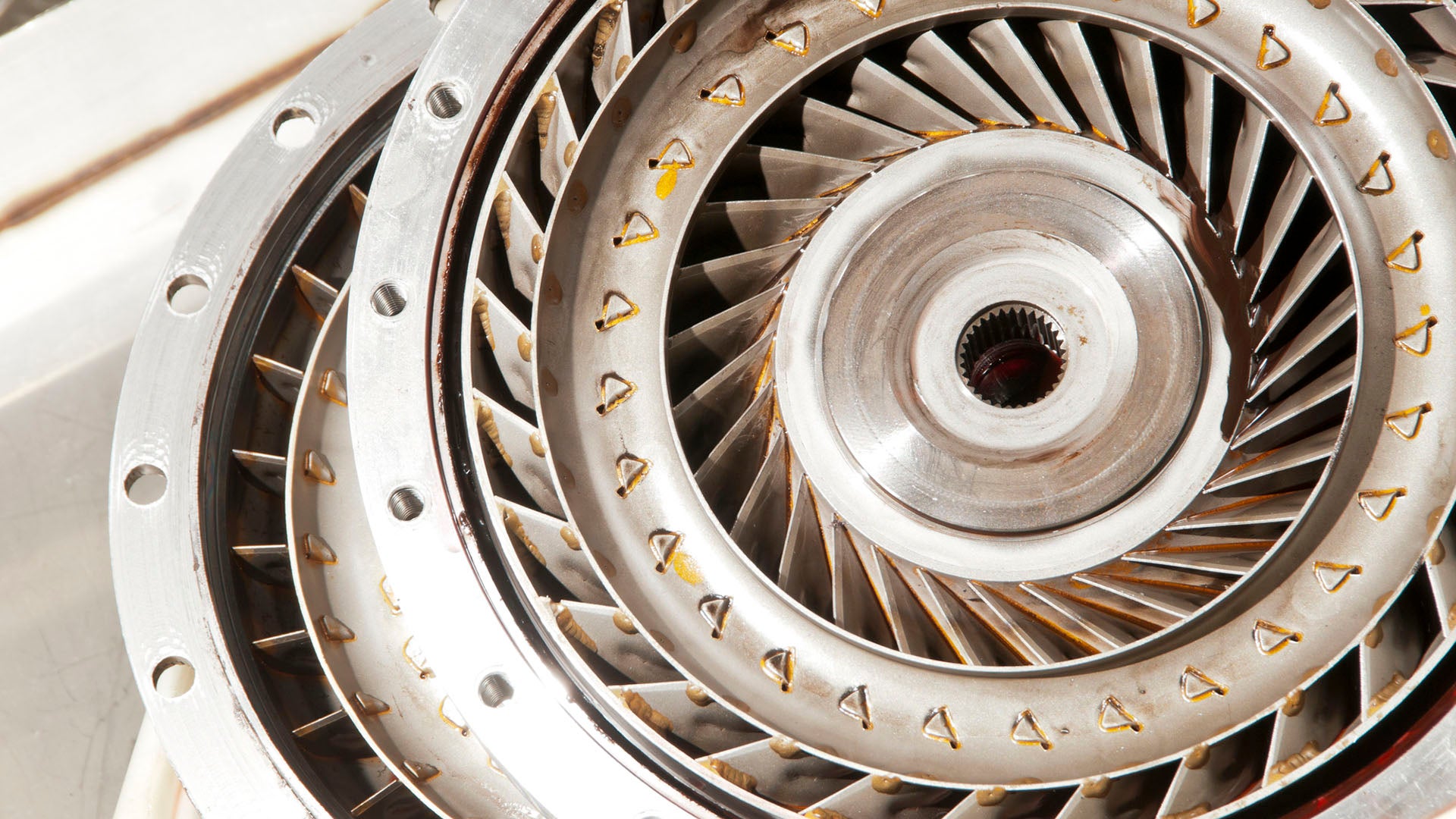You are probably familiar with the phrase “torque convertor” if you are a automotive enthusiast. In the realm of automotive engineering, torque converters hold a significant role, particularly within automatic transmission systems. These mechanical marvels guarantee seamless operation of your car as well as facilitate power transmission and enhance your driving experience. We will explore the complex world of torque convertors in this article. We’ll explore their internal workings, as well as shed more light on the important role they play in the automobile industry.

Torque Converters What You Should Know
Power Transmission at its Core The torque converter or fluid coupling is designed to be used with automatic transmissions. Its primary purpose is to transfer the power generated by the engine to the transmission, which propels the wheels. This mechanism is integrated into the automatic transmission system, bridging the space between engine power and wheel motion.
Components at Work: The torque converter is a sophisticated system that consists of three crucial components: the impeller the turbine, and the stator. They work in tandem to allow the conversion of torque and power.
Breaking Down the Mechanism
The mechanics of the torque converter are intricate, with intricate interactions that create a reliable power transmission
The engine starts the process by spinning the impeller. The impeller, which is identical to a fan circulates the transmission fluid inside the converter. As the impeller rotates, it creates the fluid flow that is able to strike the turbine blades.
Turbine Response: A turbine connected to the input shaft of the transmission is activated when fluid hits the impeller. The turbine will be in motion and spin that is proportional to the speed of the impeller. The turbine gains kinetic energy and generates the necessary power for the transmission system.
The Stator’s role in enhancing efficiency
One of the most important components in the torque converter is the stator. It is located between the impeller and the turbine, the stator has an essential role in improving the efficiency of the power transmission process.
Fluid Redirecting System The stator redirects fluid flow between impellers and turbine. This redirection is crucial in optimizing torque output and ensuring the efficient transfer of power. Through controlling the path of the fluid the stator is able to contribute to a balanced and efficient operation.
The significance of Torque Converters in Driving
The function of a torque converter is great significance to the driving experience:
Smooth transitions. The design of the torque converter and its mechanics are responsible for the smooth transitions between gears. Fluid coupling torque converters do not require manual clutch engagement. This allows for seamless gear changes without interruption of power flow.
2. Torque converters can also help keep engines from stalling. The fluid coupling allows the engine to run regardless of whether the vehicle is stationary. This guarantees a steady idle and eliminates the requirement to engage manually the clutch whenever the vehicle is stopped.
3. Torque converters work well in providing power due to their optimization of the power transfer. This improves your overall driving experience by providing the necessary power when required whether it is for acceleration or cruising.
In the end they are incredibly intricate mechanical devices that form the basis of automated transmission systems. Fluid coupling, which is supported by the stator, turbine, and impeller, allow the seamless transfer of engine power to the transmission. This efficient power transmission helps to ensure smooth gear shifting as well as preventing stalling and idle issues, and enhances the overall efficiency of driving.
Understanding the role of torque converters is crucial for both automotive enthusiasts and engineers. They are a perfect union of fluid dynamics and engineering and work tirelessly to ensure that every trip is a pleasant and efficient experience. Torque converters are a vital element of modern-day automotive technology and will remain so as long as the technology evolves. They help to illustrate how mechanics interact with the functionality of the device, and engineering.
